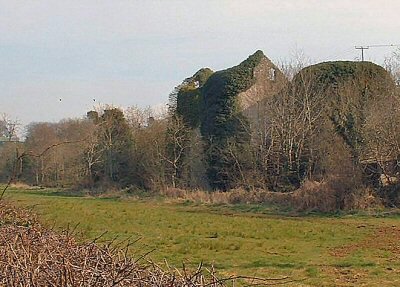Almost all historians Post-Reformation (mid-16th century) belonged to the established church and if they made allusion at all to the Catholic faith, it was normally in the most derogatory and insulting terms, calling the believers Papists.
Bradshaw (1820) though an exception, continues to relegate the religion of the great majority to next to final place in his synopsis of houses of worship and fails to name the ministers – though he is careful to name all others, even the secessionists. That the Seceders (as Bradshaw terms them) – those worshipping in the Meeting House of Church Street (soon to have John Mitchel’s father as minister and the son and his friend John Martin as worshippers) or the Methodist chapel in William Street – came last of all may help to explain why these were represented out of all proportion in the ranks of the United Irishmen, a generation earlier.
But from Bradshaw we learn that, for centuries after the Reformation Catholics continued to worship in the ‘chapel [which] was that which appertained to the monastery’. Indeed as Bradshaw writes in 1820, he can aver that ‘some remains of it were standing about eighty years ago’.
Yet the eighteenth century was the time of strict enforcement of the penal laws, designed specifically to remove the ancient faith from people’s hearts and from the land completely. But priests, who were hunted like wild animals -none more so than bishops, and this was the era of Saint Oliver Plunkett – were still able to administer to their flocks in barns or in remote outdoor areas such as Ballyholland Mass Rock, which still sees an annual pilgrimage in thanksgiving to those who ‘kept the faith’.
This Catholic chapel was located somewhere in the vicinity of present day
‘The former cemetery and the most ancient Catholic chapel of the town were situated in
Some relaxation of the penal laws began to be felt towards the end of that century, for the ‘Old Chapel’ we know dates to the year 1789. Bradshaw continues …
‘The present Catholic chapel is situated at that extremity of
It is a large, well-built house with three galleries and has a spacious burying ground connected with it, part of which was given by the late Lord Kilmorey. The ground for the new chapel was given by Mr Nedham: and the present Lord Kilmorey presented the parish with a handsome organ which is now used in public worship.
Doctor Lennon left
